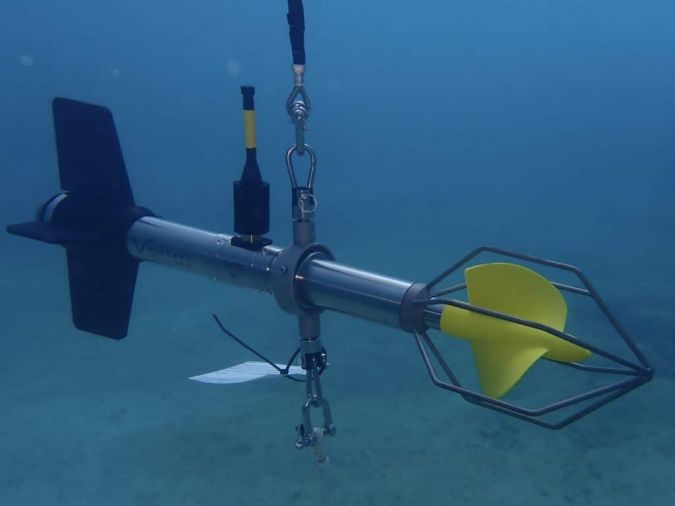Student uses ‘Maddie’ the current meter in Turks and Caicos Islands project
As a leading manufacturer of hydrographic and oceanographic instruments, the technology of Valeport is used for a wide variety of purposes, which includes gathering critical data about our coastal environments. This, combined with the company’s track record of supporting students in manufacturing and oceanography, explains why Valeport was delighted to hear from a second-year Marine Biology PhD student with details of her research project in the Turks and Caicos Islands.
A self-funded student at the University of Aberdeen, Michelle recently spent six weeks collecting a large volume of valuable digital data on specimens, water filter samples and photos and videos during her first field season. Valeport was pleased to support Michelle with the project by loaning her a Valeport Model 106 Current Meter – nicknamed by Michelle as ‘Maddie’ – to assist with data collection.
Coral rubble beds
Michelle’s project aims to investigate the biodiversity of Caribbean coral rubble beds and establish their function based on the data collected. Coral rubble beds are created by natural events such as storms or human activities such as anchor damage and climate change, which lead to the accumulation of dead coral skeletons. The rise in ocean temperatures is causing increased stress on corals, which unfortunately is resulting in higher mortality rates and the creation of more coral rubble beds and the growth of existing ones.
Despite consisting of dead coral skeletons, these ecosystems are home to numerous marine animals, many of which are yet to be discovered. It is imperative to document the organisms that inhabit these habitats before they are irreversibly affected by human activities.
Understanding local currents
Several factors influence marine ecosystems, including ocean currents, temperature, nutrient presence, water depth and proximity to human settlements. When determining differences in the diversity of organisms, it is essential to consider as many of these factors as possible. Michelle can control most of these factors by collecting data from her field sites while collecting her specimens. However, ocean current patterns are more complex, requiring specialized equipment. Understanding local currents is vital to determine the connectivity between patches of coral rubble. While there is existing data on large-scale currents in the Caribbean region, small-scale variances are not well documented. To gather this data, Michelle needed to deploy a current meter in the specific field sites she was studying, which is where Valeport came in.
As a self-funded student, Michelle’s approach to the project is different from that of funded students, who have financial and logistical support from a doctoral training programme. The fieldwork that she conducted was critical, since there is limited existing data on the habitat she was studying. Michelle has completed her trip to the Turks and Caicos Islands and returned to Aberdeen several months ago, to image and identify the specimens she collected and to begin to analyse the 500+ GB of digital data that was collected.
Read the full story on the project here















